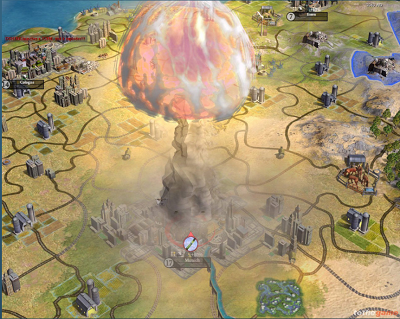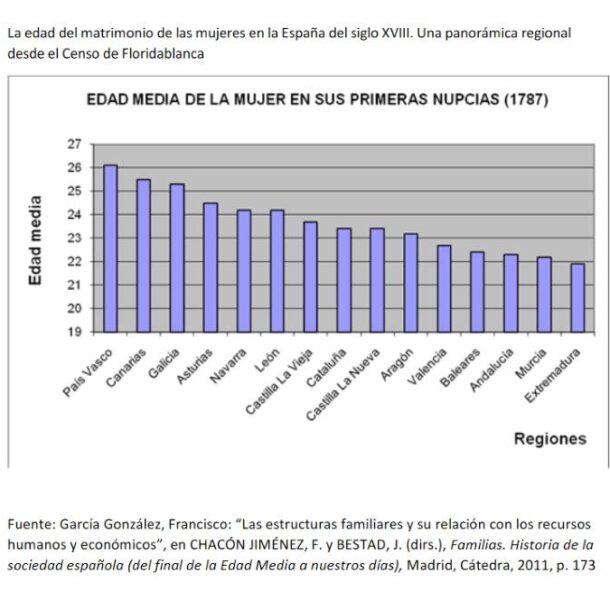In the late Middle Ages and early modern period, bills of exchange were one of the key elements for the transfer of capital between different European and Mediterranean territories. The main actors involved in the creation of bills of exchange depended on the distance of processing. If it was in the same territory or accessible to the interested parties and the amount was not important, the figures were 1) the drawee, who makes the payment and receives the bill; and 2) the drawee (debtor), who grants the bill and receives the payment that has to be returned to the drawee. If the circumstances required it, the participants could be increased with two more figures: 1) the beneficiary, who presents the bill of exchange and receives the payment; and 2) the drawer, in charge of signing the payment and receiving the bill of exchange. Both would act as intermediaries between the lender and the debtor. There could also be the figure of the guarantor who would be in charge of ensuring that the debt was paid in due time and form. In a historical example, dated 23 February 1481, a bill of exchange signed in Cagliari by Alfonso de Santángel and sent to Valencia to Joan de Santàngel, to pay 10 Valencian pounds to the merchant Joan Pasqual. The four parties involved in this bill of exchange are shown in the diagram below.
Collection: Graphics
Project: 2. Social and economic impact of technological revolutions in Europe., 9. Travels and travelers: economic, social and cultural connections.
Chronology: XV
Scope: Secondary Education, Baccalaureate, University
Resource type: Graph
Format: Conceptual scheme
Source: Igual Luis, D. (2014). “Letras de cambio de Cagliari a Valencia (1481-1499)”, Archivio Storico Sardo, 49 (Cagliari), pp. 242 y 246.
Language: Spanish
Date: 2014
Owner: Pablo Ballesta Fernández (Modernalia)
Copyright: © Edizioni Cagliari - 2014 © David Igual Luis
Abstract: Economics. Bills of exchange as a form of agile financial lending in the Modern Age
Image
Tags







